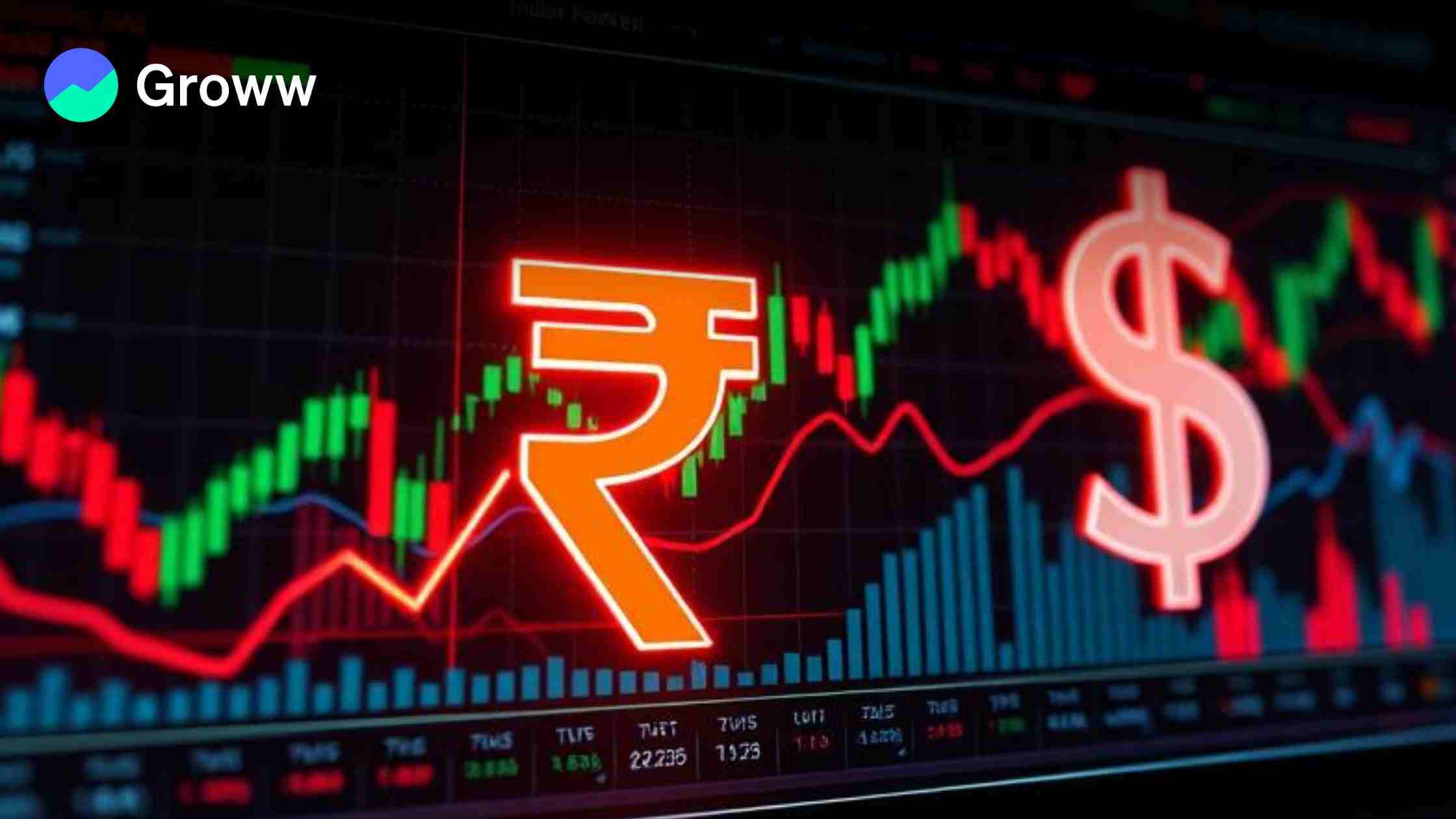Rupee Falls to ₹86.37 Amid Rising West Asia Tensions and Strong Dollar Demand

The Indian rupee continued its downward trajectory on Wednesday, opening at ₹86.37 against the US dollar, marking a 17-paise decline from the previous close of ₹86.20. The sustained pressure on the local unit comes amid escalating tensions in West Asia, which have unsettled global financial markets and boosted demand for safe-haven assets like the dollar.
Safe-Haven Demand Pushes Dollar Higher
The US dollar index gained strength as investors sought refuge from rising geopolitical risks. Heightened conflict in the West Asia region has led to risk aversion, resulting in capital outflows from emerging markets, including India. The firming of the dollar against a basket of major currencies has made it difficult for the rupee to stabilise, particularly in the absence of strong domestic triggers.
Crude Oil Volatility Adds to Rupee Pressure
Volatility in crude oil prices, another byproduct of geopolitical instability, is also influencing the rupee's movement. While oil prices have seen intermittent corrections, any sustained rise poses a risk to India’s import bill, current account deficit, and inflation trajectory. As India imports over 80% of its crude oil requirements, a weakening rupee further exacerbates cost pressures. Brent Crude price was up 0.34% to $76.71 per barrel, while WTI Crude prices were higher by 0.47% at $75.19.
Market Participants Watch RBI's Next Move
Currency traders and analysts are closely monitoring the Reserve Bank of India's (RBI) stance on rupee volatility. While the central bank has intermittently intervened in the spot and forward markets to smooth volatility, it is expected to allow a degree of depreciation in line with global market forces unless disorderly movement is observed.
According to analysts, the rupee could test levels near ₹86.50 in the short term if global uncertainty persists. However, a significant reversal would likely require a softening of geopolitical tensions or a correction in the US dollar.
Equity and Bond Markets Remain Cautious
The impact of the rupee's slide is also being felt across other asset classes. Equity markets opened on a cautious note, reflecting concerns over foreign fund outflows. The yield on the benchmark 10-year government bond remained range-bound, as traders priced in global developments and awaited cues from the US Federal Reserve and domestic inflation data.
Outlook Hinges on Global Stability
With limited domestic macroeconomic triggers this week, the rupee's near-term trajectory will be heavily influenced by developments in global politics, particularly in West Asia. Investors will also keep an eye on foreign portfolio investment trends, crude oil price direction, and further commentary from central banks, including the RBI and the US Fed.
As geopolitical tensions escalate and external risks mount, the rupee remains under pressure, with sentiment dictated largely by global risk appetite and dollar dynamics.
Disclaimer: This news is solely for educational purposes. The securities/investments quoted here are not recommendatory.
To read the RA disclaimer, please click here